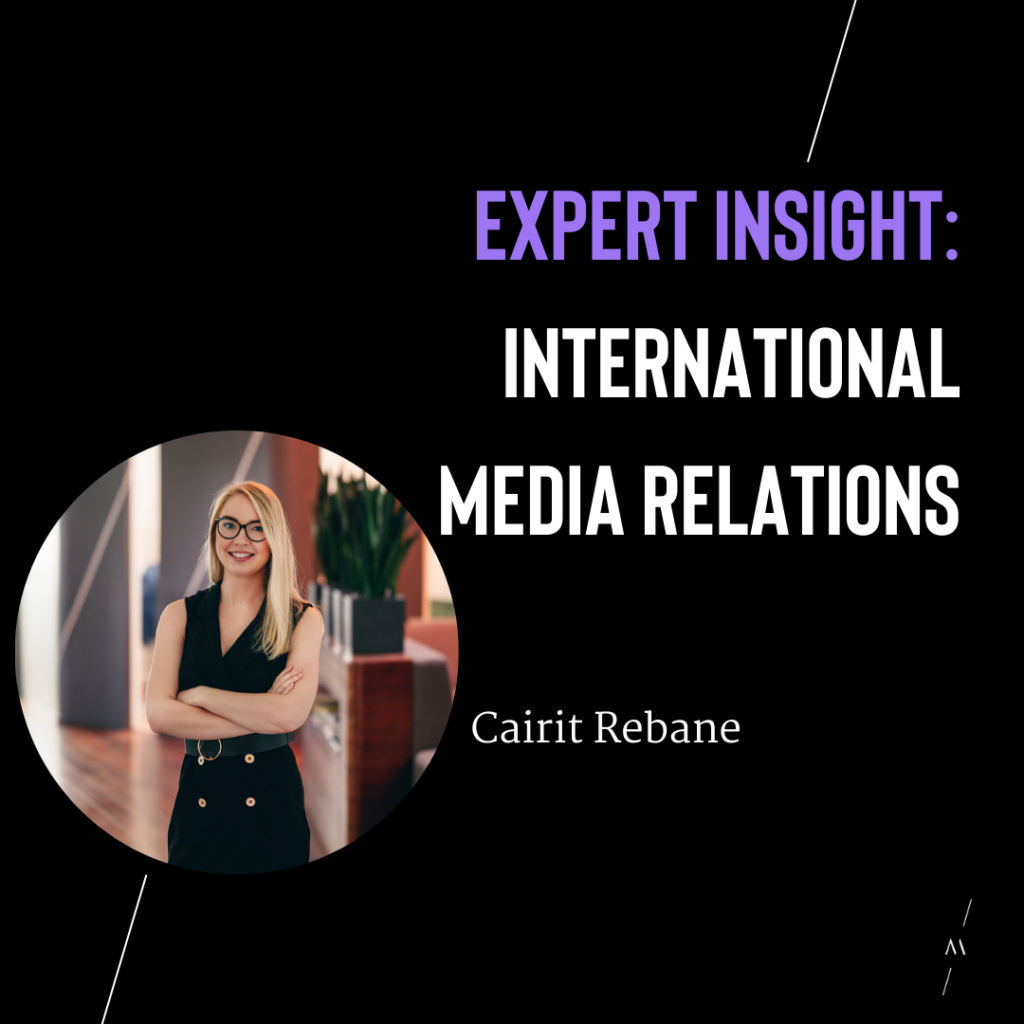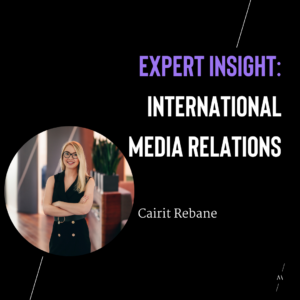Three tips for international media relations
Years ago, I gained my first experience in international media relations while working as a press officer at the French Embassy in Estonia. French journalists coming to Estonia to cover stories often sought help finding spokespeople and additional context about their topics of interest. I saw firsthand the amount of preparation journalists put into their work before the story got published.
From a PR consultant perspective, international media relations have become increasingly crucial for Estonian companies. With a wish to expand into foreign markets comes a need to introduce the company itself, their products, and their services. What should one remember when attempting to get on the pages of an international media outlet?
1. Know the journalist (and the publication)
Understanding a journalist’s style and interests is also crucial for pitching stories to Estonian media, but it’s even more critical internationally. Journalists receive an overwhelming number of pitches daily. The “spray and pray” approach doesn’t typically work in international media relations. To stand out, you must know what matters to the journalist.
“The “spray and pray” approach doesn’t typically work in international media relations. To stand out, you must know what matters to the journalist.”
It’s also vital to understand the publication they work for. There’s a big difference between pitching to a business news portal and a popular science magazine. The angle you choose for your story depends on this—the more generic your message, the higher the chance it ends up in the spam folder.
But how do you find the right publication and journalist? Tools like Google and ChatGPT may only sometimes be adequate for this purpose. At Meta Advisory, we are using an international media monitoring system called Meltwater. This tool allows us to analyse over 270,000 global media outlets and map activity across over 15 social media platforms, podcasts, and print publications.
With Meltwater, you can identify relevant outlets and journalists based on specific keywords, topics, and regions. The tool is especially crucial for crisis communication. One of our clients recently had a case where potentially damaging information spread like wildfire in the international media. Meltwater helped us monitor coverage and provided contacts for journalists covering the topic, enabling us to send clarifications to many outlets promptly.
2. “Go big or go home” is not the best approach in international media relations
Landing a story in prestigious publications like the Financial Times, Bloomberg, or The Guardian is undoubtedly a worthwhile goal, but it’s not always the most reasonable strategy. Instead of persistently pitching TIER 1 outlets with stories that lead nowhere, try approaching trade publications. While these often have smaller audiences, they are closely followed by other journalists and might be a doorway to TIER 1 publications.
“Instead of persistently pitching TIER 1 outlets with stories that lead nowhere, try approaching trade publications.”
Trade publications are more accessible, and their quality tends to be relatively high because they focus exclusively on specific fields. Something extraordinary must happen in Estonia to catch the attention of world-renowned publications. Local news from small countries rarely meets their standards.
A few months ago, I pitched a story about a client’s multi-hundred-million-euro investment in Western Europe to a TIER 1 publication journalist. The response was “Interesting, but not newsworthy enough for us.” In Estonia, this story had been the most important news of the day.
Recently, we helped a client connect with an international journalist specializing in space topics. The interview was published in a space-focused publication and quickly gained traction, being referenced in over ten international media outlets. This example highlights the strategic value of niche industry media for businesses looking to amplify their message.
That doesn’t mean major outlets are out of reach for Estonian companies, far from it. However, achieving this requires consistent effort. Sending a press release once or twice a year won’t cut it.
Additionally, don’t expect press releases to be copy-pasted as news in international outlets. A press release is one of many tools for building systematic international media relations.
3. Be patient
Supporting the communications for several international events over recent years has taught me patience. Stories don’t happen in days — or even weeks. In one case, it took four months from the first contact with a journalist to the actual coverage. I received the journalist’s initial response within a week of reaching out, but scheduling the interview, preparing for it, navigating internal editorial processes, and finalising the story took time.
“Stories don’t happen in days — or even weeks. In one case, it took four months from the first contact with a journalist to the actual coverage.”
Long lead times are the norm, not the exception, in international media relations. Starting your media efforts weeks, if not months, in advance for important topics or events is wise. But for that first contact to be fruitful, you must do your homework to reach the right person at the publication. It all comes back to knowing the journalist you are reaching out to.


